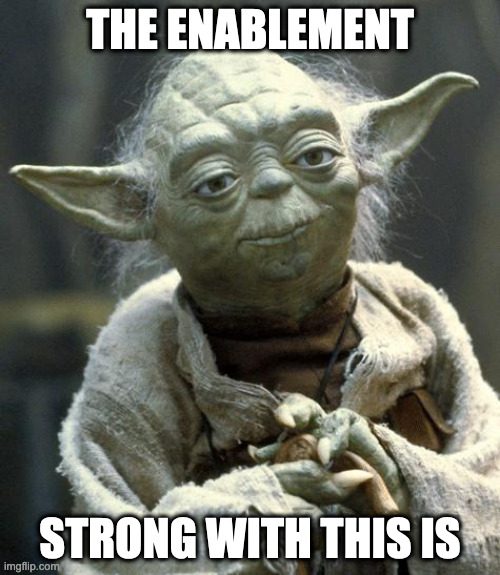Definition: A social influencer strategy is a structured marketing approach that leverages individuals with dedicated social media followings to promote products, services, or brand values. The goal is to build trust, extend reach, and drive engagement or conversions through authentic content shared by influencers.
This strategy includes identifying the right influencers, defining campaign objectives, setting budgets, and tracking performance across platforms.

Use It In a Sentence: The brand launched a social influencer strategy targeting niche beauty creators, resulting in a 300% spike in product page visits.
Why Social Influencer Strategy Matters
Influencer marketing has evolved from one-off brand mentions to performance-driven campaigns that blend storytelling with measurable ROI. A well-defined influencer strategy helps brands:
- Reach highly targeted audiences
- Build social proof and trust
- Improve brand awareness and content diversity
- Drive direct traffic and sales
- Enhance SEO through backlinks and branded searches
Types of Influencers in Your Strategy
| Type | Follower Count | Best Use Case |
|---|---|---|
| Nano | Under 10K | High engagement, niche communities |
| Micro | 10K–100K | Affordable scale, strong authenticity |
| Macro | 100K–1M | Mass visibility, product launches |
| Mega/Celebrity | 1M+ | Brand awareness, global campaigns |
| Industry Experts | Varies | B2B thought leadership, webinars, reviews |
How to Build a Social Influencer Strategy
- Define Campaign Objectives
Is your goal brand awareness, engagement, lead generation, or sales? - Identify Ideal Influencers
Use tools like Upfluence, CreatorIQ, or manual vetting to match audience, tone, and platform. - Choose the Right Platforms
TikTok for trends, Instagram for visuals, YouTube for tutorials, LinkedIn for B2B—each has strengths. - Set Budget and Collaboration Terms
Determine payment models: fixed fees, affiliate commission, gifting, or hybrid deals. - Create a Creative Brief
Align on messaging, content type, hashtags, disclosures, and goals—without limiting authenticity. - Track KPIs and Optimize
Measure reach, engagement, link clicks, promo code usage, and cost-per-acquisition (CPA). Iterate on what works.
Common Influencer Campaign Formats
| Format | Purpose |
|---|---|
| Sponsored Posts | Brand mentions with paid placement |
| Product Seeding | Gifting in exchange for potential organic content |
| Affiliate Marketing | Revenue share from tracked links or discount codes |
| Influencer Whitelisting | Running paid ads through influencer accounts |
| Collaborative Giveaways | Drive engagement and follower growth |
| Brand Ambassadorships | Long-term influencer partnerships |
Influencer Strategy Tips for Success
- Prioritize authenticity over follower count
- Align influencer personas with your customer segments
- Make it easy to track performance with UTMs or unique codes
- Don’t micromanage—audiences connect with the creator’s voice
- Include influencers in product development for deeper brand loyalty
Final Thoughts: Influence with Intention
A strong social influencer strategy isn’t just about finding popular accounts—it’s about building genuine partnerships that drive awareness and action. Whether you’re scaling DTC sales or positioning in a niche B2B space, the right influencers can expand your brand impact faster and more authentically than traditional ads alone.
More Definitions & Related Blogs
Explore more influencer marketing and collaboration strategies from the Sales Funnel Professor:























